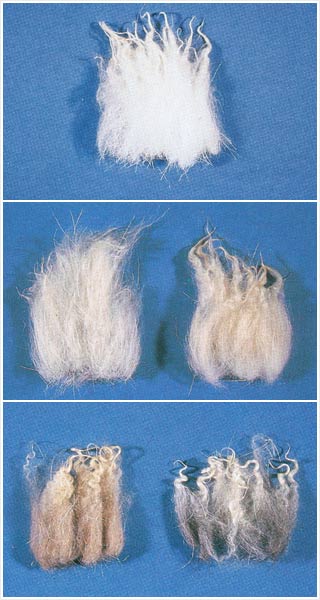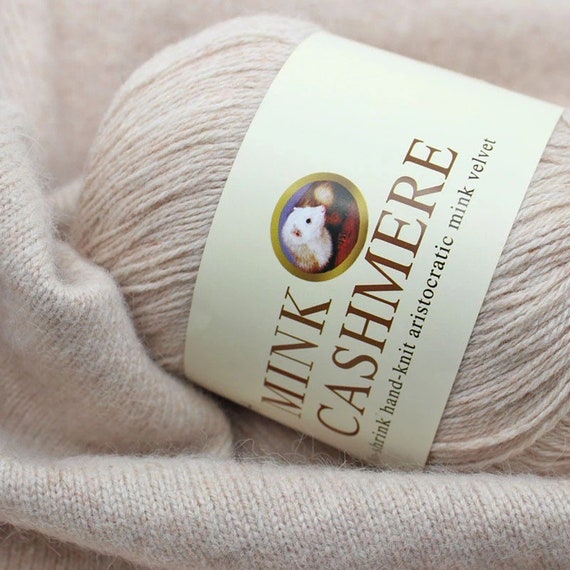How is cashmere Fibre Made and Why Is It So Desired?
How is cashmere Fibre Made and Why Is It So Desired?
Blog Article
Discovering the Different Sorts Of Cashmere a Natural Fiber for Ultimate Luxury
Cashmere, an all-natural fiber, is often connected with luxury and comfort. Not all cashmere is created equivalent. From the highly soft Mongolian range to the light-weight warmth of Indian Pashmina, each type provides its very own distinct attributes and allure. The much more economical Chinese cashmere, the traditional Scottish variation, and the high-end Italian blend, all tell a various tale of this amazing fiber. As we untangle the globe of cashmere, a much deeper understanding of its true value and class begins to arise.
Understanding the Lavish Nature of Cashmere
Cashmere, commonly associated with high-end and comfort, holds a distinct attraction in the globe of natural fibers. Unlike various other all-natural fibers, cashmere combines insulation with breathability, supplying unparalleled comfort across varying temperature levels. Its shiny coating and soft appearance contribute to its high-end allure, warranting the costs rate that frequently comes with cashmere garments.
Just What Is Cashmere and Where Does It Originate from?

Provided these extraordinary top qualities, one could question the origin and makeup of this lavish fiber. Cashmere is originated from the soft undercoat of cashmere goats, primarily found in Mongolia, China, Iran, and Afghanistan - is cashmere a natural fiber. These goats are adjusted to harsh climatic problems, generating an exceptionally great, soft underfur as a protection against the bitter cold. This underfur, or undercoat, is what is gathered for cashmere. Each spring, when the goats naturally shed their winter coat, farmers comb the great underhair, leaving the coarser hair behind. This thorough process adds to the scarcity and high cost of cashmere. With its origin in the severe landscapes of Asia, cashmere is a testimony to nature's capability to generate high-end from adversity.
Decoding the Different Types of Cashmere
Understanding the various types of cashmere is key to appreciating the top quality and unique qualities of this lavish textile. Typically, cashmere is classified into three kinds: raw, virgin, and reused. Raw cashmere is straight obtained from the goat and is unprocessed. This kind typically consists of contaminations such as dust and rugged hair. Virgin cashmere, on the various other hand, is the pure, unrecycled product that is rotated into thread for the very first time. It is the softest and most elegant. Recycled cashmere is made from virgin product that has been formerly utilized. It is re-spun and utilized in creating lower-cost cashmere products. Deciphering these types is the initial step in recognizing the exclusivity and worth of cashmere.

The Unique Characteristics of Each Sort Of Cashmere
Having explored the various classifications of cashmere, it ends up being obvious that each type flaunts more its distinct collection of characteristics. Mongolian cashmere, as an example, is renowned for its remarkable top quality, because of Mongolia's severe wintertimes that produce longer and finer fibers. Conversely, Chinese cashmere is often more cost effective, though its shorter fibers can reduce longevity. Scottish cashmere is commemorated for its charming gentleness, an outcome of the standard water cleaning process using Scotland's soft water. Italian cashmere, at the same time, is famous for its skillful mixing and coloring techniques, making it vivid and versatile. Last but not least, Indian cashmere, also referred to as Pashmina, is cherished for its unbelievable agility and warmth. Each type, therefore, adds to the textile's track record for high-end.
Why Cashmere Is the Embodiment of High-end in Style
Cashmere holds an esteemed position in the globe of fashion, considered a sign of deluxe and class. Its allure is not just in its soft qualities and warmth, however also in its rarity and the careful procedure associated with its purchase. Cashmere is derived from the fine undercoat of Himalayan goats, recognized for their superior top quality fiber. The shortage of this fiber, incorporated with the labor-intensive process of collection, contributes to its high rate and exclusive condition. In addition, cashmere's unmatched convenience and resilience make it an in-demand product in the production of high-end garments. Its all-natural lightweight and protecting homes contribute to its charm, making it the epitome of high-end in vogue.
The Process of Making Cashmere: From Goat to Garment
The journey of cashmere, from being an undercoat of a Himalayan goat to a luxurious garment, is a complex one. With the development of springtime, farmers in Mongolia and China accumulate the woollen by combing the goats, making sure no damage is done. The gotten woollen includes coarse external hair and soft downy undercoat. This blend is after that fastidiously divided, with only the soft down used for cashmere. This raw cashmere is cleaned, dyed and spun right into thread. The yarn is then woven or weaved into textiles. The have a peek at these guys final action involves pressing and her explanation washing to give the textile its particular softness and heat. From goat to garment, each action is a testament to the persistence, skill and creativity associated with crafting cashmere.

Verdict
To conclude, cashmere, with its natural style and unparalleled comfort, reigns supreme in the world of luxury fashion. The diversity in types, ranging from the soft Mongolian, light-weight Indian Pashmina, inexpensive Chinese, traditional Scottish, to the colorful Italian, discloses the versatility of this natural fiber. The meticulous procedure of transforming it from a goat to a garment additionally includes to its exclusivity, making cashmere the embodiment of refinement and high-end.
Cashmere, an all-natural fiber, is frequently linked with deluxe and comfort (is cashmere a natural fiber).Cashmere, typically connected with high-end and convenience, holds an one-of-a-kind attraction in the globe of natural fibers. Unlike other all-natural fibers, cashmere combines insulation with breathability, offering unequaled comfort throughout varying temperatures. Cashmere is acquired from the soft undercoat of cashmere goats, mostly discovered in Mongolia, China, Iran, and Afghanistan. Cashmere is derived from the great undercoat of Himalayan goats, known for their superior quality fiber
Report this page